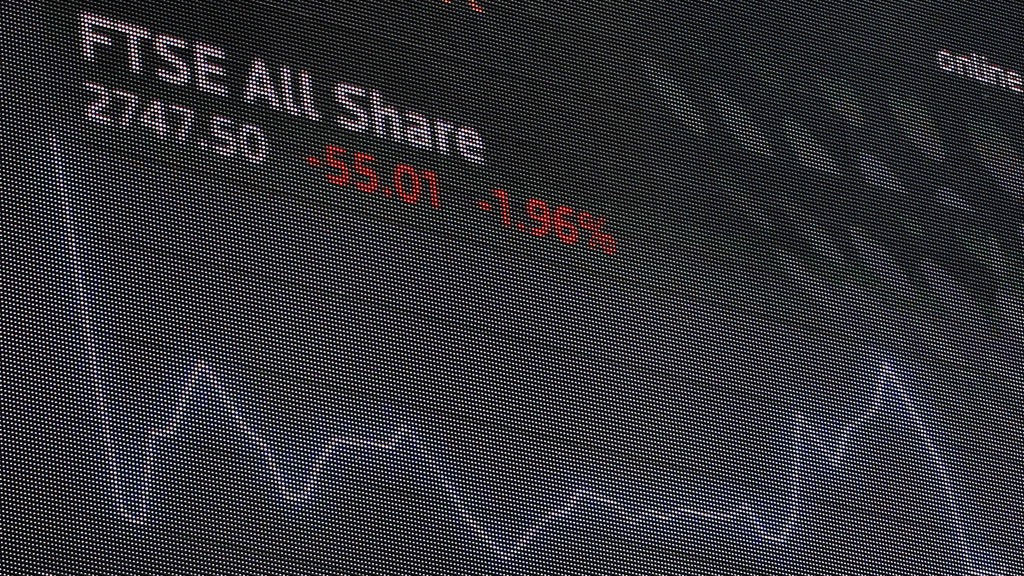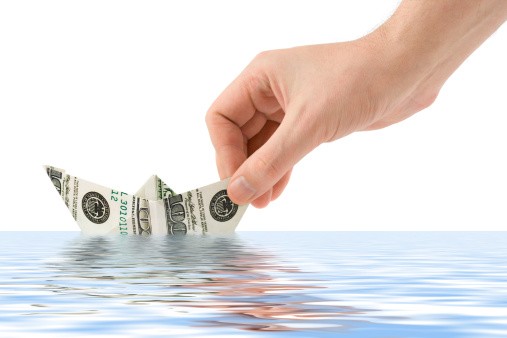Junk Bonds Are Looking A Lot Less Junky
Post on: 15 Июнь, 2015 No Comment

September 29, 1996
Personal Business: INVESTING
JUNK BONDS ARE LOOKING A LOT LESS JUNKY
Not long ago, junk bonds trashed the fortunes of many an unsuspecting buyer, ended the trading career of Michael Milken, and drove his firm, Drexel Burnham Lambert, out of business. But just as Milken has had a professional reincarnation, the high-yield market has undergone a dramatic revival.
Total returns—currently around 9.5% to 10.5%—are a fraction of last year’s high double-digits, but that doesn’t mean investors should overlook the diversification advantages of high-yield bonds. As an asset class that behaves like both equities and fixed income, high-yield bonds are a compromise. The higher coupons relative to other fixed-income investments should minimize any loss of principal if interest rates were to spike up dramatically. Conversely, if the market were to tank, investors would have some exposure to an aggressive fixed-income product that—surprise—has shown less volatility than Treasury securities over the past five years.
MORE BANG. Since these bonds are issued by below-investment-grade companies (rated under BBB by Standard & Poor’s), credit risk is still a concern. However, overall credit quality and liquidity have greatly improved. Still, these bonds are best used in moderation: Financial advisers suggest allocating no more than 3% to 5% to a high-yield bond fund.
Using standard deviation, which measures risk based on the variability of quarterly returns, high yield has given investors more bang for the buck for moderate risk recently. During the five years ended on June 30, the Merrill Lynch High-Yield Master Index returned 13.5%, with a standard deviation of 5.14%. Compare that with other bond averages during the same period: 30-year Treasuries returned 10.5%, with a standard deviation of 10.11%; and the Lehman Brothers Corporate Bond Index returned 9.32%, with a standard deviation of 6.32%, says Kingman D. Penniman, president of KDP Investment Advisors, a high-yield institutional-research firm in Montpelier, Vt.
This has been a banner year for new high-yield issues—more than $41 billion year-to-date, exceeding all new issuance in 1994 and 1995 combined—and cash is pouring into the market at a near-record pace. Investors have pumped more than $7.2 billion into high-yield bond funds through the first seven months of 1996 alone, says the Investment Company Institute in Washington.
One reason for this rising popularity is that the market has matured. No longer dominated by speculative companies or leveraged buyouts, the deals are better structured financially today than they were in the late 1980s. And most of the real junk has been purged: From 1990 to 1994, almost 90% of high-yield bonds have either restructured through default or refinanced their debt, says Ole Dial, manager of Northstar’s High Total Return and High Yield funds. Moreover, recent strong performance has won new converts to high yields, the only area of the domestic fixed-income market to post positive returns this year. As of Sept. 6, the total return for high yields was 4.58%, vs. -11.31% for 30-year Treasuries and -5.37% for 10-year notes, according to the Merrill Lynch High-Yield Master Index.
But to some, the flood of new deals and the money chasing them are cause for concern. It’s hard to believe that all of a sudden there are that many great opportunities, says Harold Evensky, principal of Coral Gables (Fla.)-based financial planning firm Evensky, Brown, Katz & Levitt. And a more efficient market means there’s less opportunity to find extraordinary returns. In our evaluation, the marginal extra returns don’t justify the element of discomfort, says Evensky, who believes only investors who put a very small percentage of assets long-term in professionally managed funds should be in high yield.
And just because returns have been strong doesn’t mean investing here is easy. Unlike other areas of the fixed-income market, where prices are closely correlated to interest rates, performance in the high-yield arena depends on astute security selection. That’s why professionally managed high-yield funds are a safer bet for most people than buying individual issues. The best funds allocate no more than 2% to 3% to any one issue. That way, they protect investors in the event that a bond defaults or credit quality deteriorates.
A bond fund also gives investors exposure to different types of credit quality, industries, and even geographic regions. And it allows them to participate in 144A bonds, which account for 50% of all new issuance. These are private placements that enable companies to raise money quickly at lower cost. Most individuals don’t have access to such high-risk, high-reward deals. Because of the speculative nature of some issues, the market is best left to pros.
Another advantage to the funds: They can absorb the high transaction costs, which are prohibitive for the average investor. The round lot market is sold in $1 million par amounts, and while you can pay the odd lot differential, it cuts into your return, says Martin Fridson, chief high-yield strategist at Merrill Lynch in New York.

It may be tempting to buy the fund with the highest yield, but the key to investing successfully is total return. That’s because good managers are looking not only for high-yielding coupons but also for bonds that are improving in credit quality. The relative capital appreciation that comes from improving credit when added to current income leads to superior total return, says Steve Esser, co-manager of MAS Funds High-Yield portfolio. Lower-yielding bonds can offer solid returns if they are boosting their credit quality.
As with any mutual fund, a high-yield fund should show a reliable return over at least five years. Look for those that consistently have been in the top half of their category, according to rating agencies such as Morningstar or Value Line. Since a certain amount of credit-selection artistry is involved, it’s a good idea to pick a manager with a solid track record in high yields.
Once you’ve narrowed the field by return, you’ll need to assess what the fund owns. The more diversified, the better. To control risk, look for a fund with average credit ratings of at least BB to B, Esser suggests. Anything lower is too speculative. An average credit quality of B+ is considered conservative for a high-yield fund. The portfolio should hold a minimum of 50 issues, with an average position of around 2%. To find numerous good issues, a manager needs a strong research staff. Therefore, stick with a fund family that has a good reputation in fixed income and sufficient resources to ensure quality research.
Then, consider how diversified the fund is among industries. We try to stay away from cyclical businesses, because at some point, we’ll have an economic downturn, and noncyclicals will weather it better, says Northstar’s Dial. Currently, the converging industries of media and telecommunications show the greatest investment potential and the most risk. Numerous companies have been issuing high-yield bonds to build business in paging, cellular communications, and satellite television, says Esser of MAS, whose fund has 13.5% invested in cable companies and an additional 9% in telecommunications areas such as wireless.
TIEBREAKER. In those emerging sectors, default is a real risk. Before buying any fund, check its default history. If a fund is cutting its dividend, it may be a sign it has had an unusually large number of bonds that crashed and burned. However, a reduction in dividends can also be a good thing if the manager is using that money to buy higher-quality issues, Dial says.
You can further narrow the universe of high-yield bond funds by scrutinizing expense ratios. There are a number of good funds to choose from, but this should be the tiebreaker, because those expenses will come right off the top of your return, Esser says. Because of the research-intensive nature of the funds, expenses will be higher—1% to 1.25% on average—than those of a government bond fund. But a high-yield manager has a greater chance of overcoming an expense disadvantage than a lower-yield manager does, says Morningstar fixed-income editor Alice Lowenstein.
Although high-yield bond prices are relatively steep now, their generous coupons should protect investors against any loss in value caused by a possible interest-rate hike. So if you’re not in high-yields already, at least take a look. The sector has a place in many well-rounded portfolios—as long as you let the pros throw out the trash.EDITED BY AMY DUNKIN By Kerry CapellReturn to top














